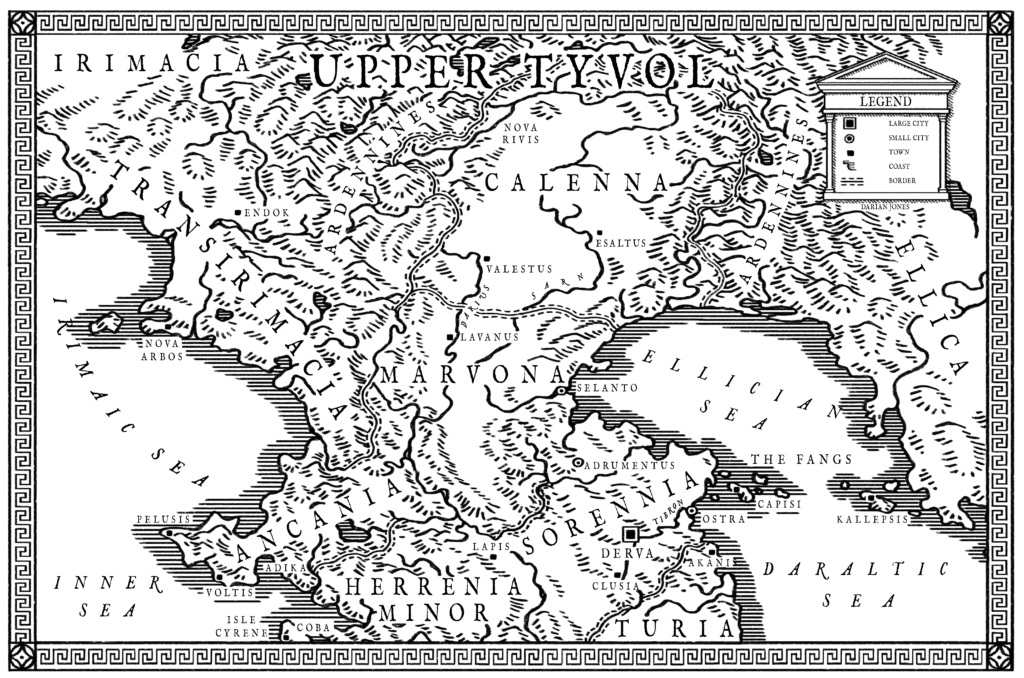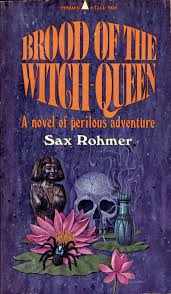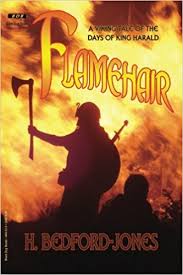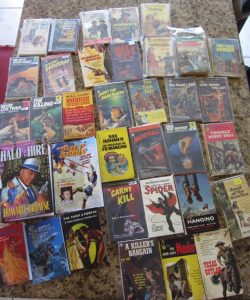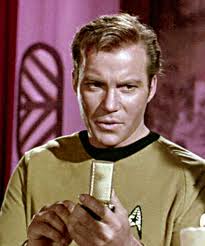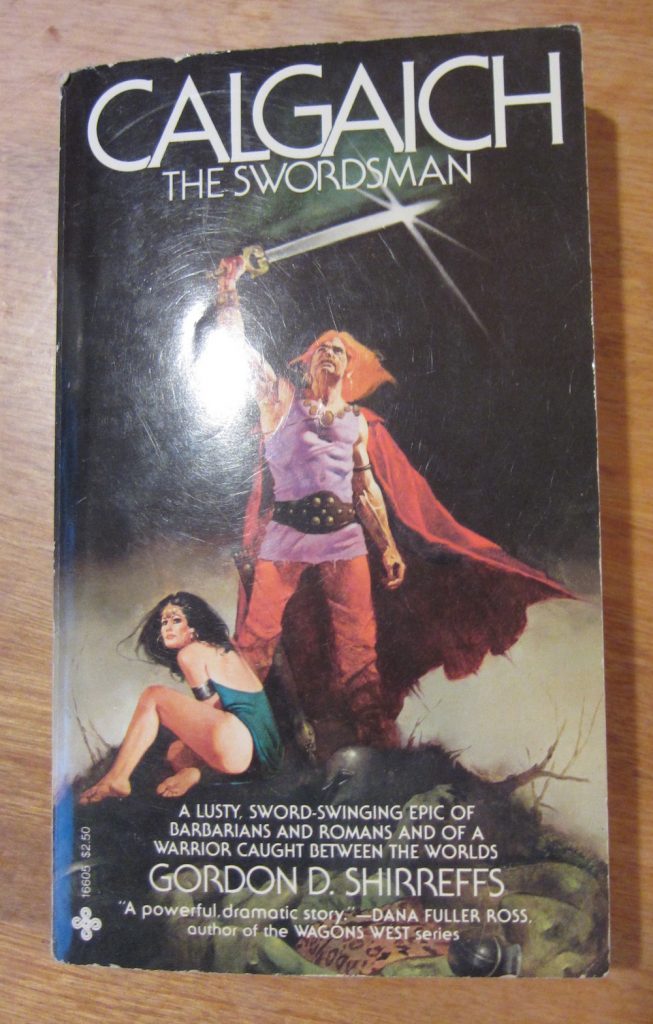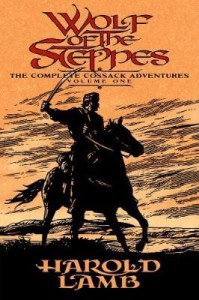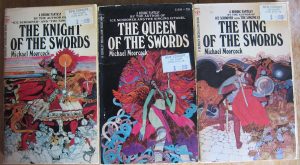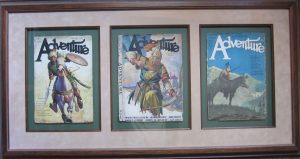 I’m writing from an undisclosed location, in the midst of a secret mission. Most of the assignment involves writing copiously every day, but I must also infiltrate fine dining establishments every evening and order the most excellent of their menu items. I’m occasionally in the company of a beautiful and wicked enchantress, but otherwise I’m ensconced in a haunted mansion, drafting prose.
I’m writing from an undisclosed location, in the midst of a secret mission. Most of the assignment involves writing copiously every day, but I must also infiltrate fine dining establishments every evening and order the most excellent of their menu items. I’m occasionally in the company of a beautiful and wicked enchantress, but otherwise I’m ensconced in a haunted mansion, drafting prose.
As I was aware that there would be several transdimensional migrations during my journey here, I packed some old paperbacks to read. I like having short old novels to read during planar shifts. You can pack several little ones into your carry-ons, and if there are interruptions or you’re just plain tired it’s easier to keep track of short and therefore less convoluted plot lines.
First up was the first Brian Garfield western I’ve read, part of an Ace double, and incidentally the first of his six Jeremy Six novels, starring a laconic western marshall. And I have to say, after that first one I’ll be reading the rest. I’d heard he was a good writer and it seems it’s true. This was Mr. Sixgun. As with a lot of these old westerns and mysteries, don’t be deceived by the art or cover advertising. Also, like a lot of writers active in the ’60s and earlier, Garfield wrote under a bunch of pseudonyms, like the one shown here. He’s best known for the Death Wish novel and its sequels that spawned the movies.
